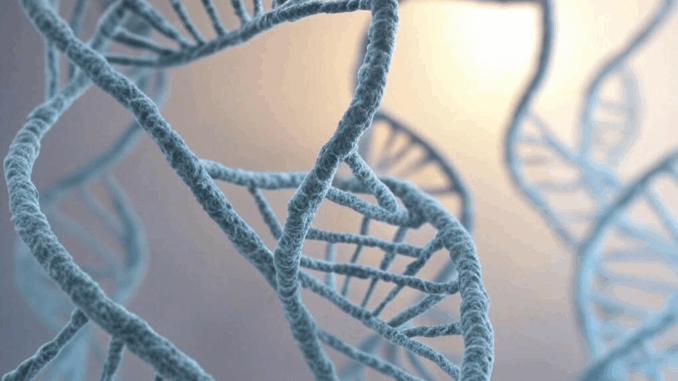
Picture this: a team of brainy folks from Mass General Brigham and Beth Israel Deaconess Medical Center just dropped a game-changer in the world of gene editing.
They’ve cooked up a tool called STITCHR that’s like a super-precise tailor for your DNA, slipping in healthy genes exactly where they’re needed without messing up the rest of the fabric. And the best part? It’s all done with RNA, which makes it way easier to deliver than the usual DNA-RNA combo most gene-editing systems rely on. Their big win got a spotlight in Nature, and trust me, it’s worth the hype.
Here’s the deal: CRISPR, the gene-editing rockstar we’ve all heard about, is awesome but not perfect. It’s picky about where it can work in the genome, and it’s not great at tackling diseases like cystic fibrosis, where thousands of tiny mutations are causing trouble. Omar Abudayyeh, one of the lead researchers (and a total gene-editing wizard at Mass General Brigham), explained it like this: “CRISPR’s great for fixing small errors, but what if you could swap out a whole broken gene with a shiny new one? That’s what we’re going for.” His team wanted a one-size-fits-all fix—a single tool that could handle every mutation for a disease. Enter STITCHR.
So, how does STITCHR pull off this magic? It borrows some clever tricks from retrotransposons—think of them as the genome’s nomadic copy-and-paste artists. These “jumping genes” are already chilling in the cells of everything from mushrooms to monkeys, always ready to shuffle around DNA. The researchers, including lead study author Christopher Fell, thought, “Hey, what if we could hijack that move?” They used some fancy computer work to sift through thousands of these retrotransposons, picking out the ones that could be reprogrammed for their mission. After some lab experiments, they hit the jackpot with one that, when paired with a CRISPR enzyme called nickase, could slide entire genes into place like it was no big deal.
What’s next? The team’s not stopping here. They’re tweaking STITCHR to make it even slicker and eyeing ways to bring it to real-world treatments. Jonathan Gootenberg, another big brain behind the project, put it perfectly: “Nature’s got all these wild tools just waiting for us to discover. By digging into how our cells work, we’re finding ways to build new therapies for everything from rare disorders to stuff that affects tons of people.”
It’s like they’ve found a new way to rewrite life’s instruction manual—one that could fix the typos keeping us sick. How cool is that?
source: https://www.sciencedaily.com
